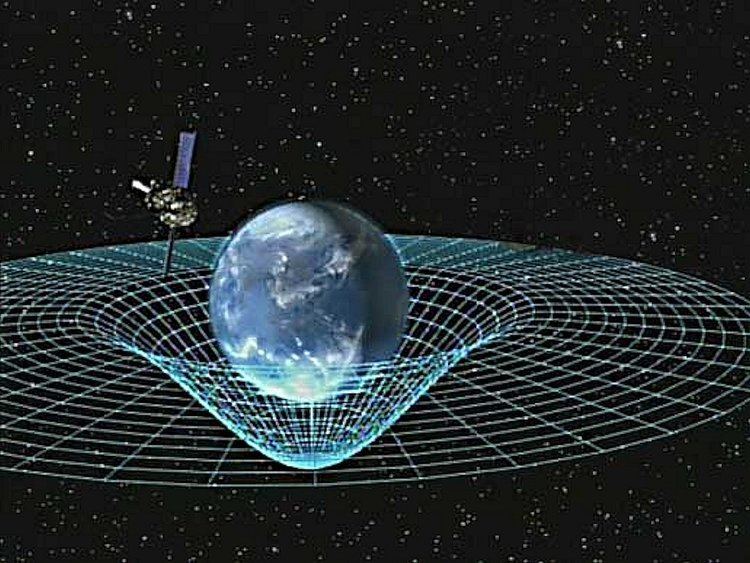 | ||
In physics, specifically for special relativity and general relativity, a four-tensor is an abbreviation for a tensor in a four-dimensional spacetime.
Contents
Generalities
General four-tensors are usually written in tensor index notation as
with the indices taking integer values from 0 to 3, with 0 for the timelike components and 1, 2, 3 for spacelike components. There are n contravariant indices and m covariant indices.
In special and general relativity, most four-tensors are first order (four-vectors) or second order, but higher order tensors occur. Examples are listed next.
In special relativity, all four tensors transform under Lorentz transformations. In general relativity they transform under more general curvilinear coordinate transformations.
First order tensors
One of the simplest non-trivial examples of a four-tensor is the four-displacement
a four-tensor with contravariant rank 1 and covariant rank 0. Four-tensors of this kind are usually known as four-vectors. Here the component x0 = ct gives the displacement of a body in time (coordinate time t is multiplied by the speed of light c so that x0 has dimensions of length). The remaining components of the four-displacement form the spatial displacement vector x = (x1, x2, x3).
The four-momentum for massive or massless particles is
combines its energy (divided by c) p0 = E/c and 3-momentum p = (p1, p2, p3).
For a particle with relativistic mass m, four momentum is defined by
with τ the proper time of the particle.
Second order tensors
The Minkowski metric tensor in the (−+++) convention is
used for calculating the line element and raising and lowering indices. The above applies to Cartesian coordinates. In general relativity, the metric tensor is given by much more general expressions for curvilinear coordinates.
The angular momentum L = x ∧ p of a particle with relativistic mass m and relativistic momentum p (as measured by an observer in a lab frame) combines with another vector quantity N = mx − pt (without a standard name) in the relativistic angular momentum tensor
with components
The stress–energy tensor of a continuum or field generally takes the form of a second order tensor, and usually denoted by T. The timelike component corresponds to energy density (energy per unit volume), the mixed spacetime components to momentum density (momentum per unit volume), and the purely spacelike parts to 3d stress tensors.
The electromagnetic field tensor combines the electric field and E and magnetic field B
The electromagnetic displacement tensor combines the electric displacement field D and magnetic field intensity H as follows
The magnetization-polarization tensor combines the P and M fields
The three field tensors are related by
which is equivalent to the definitions of the D and H fields.
The electric dipole moment d and magnetic dipole moment μ of a particle are unified into a single tensor
The Ricci curvature tensor is another second order tensor.
Higher order tensors
In general relativity, there are curvature tensors which tend to be higher order, such as the Riemann curvature tensor and Weyl curvature tensor which are both fourth order tensors.
